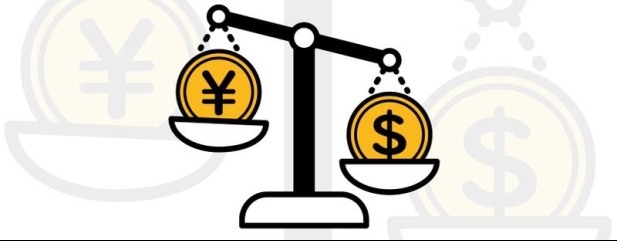Archived article
Please note that tax, investment, pension and ISA rules can change and the information and any views contained in this article may now be inaccurate.
Stagflation fears rise on resilient US economy and sticky core inflation

With around 40% of S&P 500 constituents reporting earnings last week including heavyweights Microsoft (MSFT:NASDAQ) and Alphabet (GOOG:NASDAQ), the micro picture was widely expected to be the main investor focus.
As things turned out, a surprisingly weak first quarter GDP (gross domestic product) print and higher-than-anticipated March inflation gave investors and the Federal Reserve further pause for thought on the likely path for inflation and interest rates.
For the first time in a few months, the dreaded phrase ‘stagflation’ began to be uttered in some corners of the market.
Fitch Ratings head of research Olu Sonola said: ‘If growth continues to slowly decelerate, but inflation strongly takes off again in the wrong direction, the expectation of a Fed interest rate cut in 2024 is starting to look increasingly out of reach.’
Market implied cumulative rate cuts in 2024 have been slashed from 1.5% in January to just 0.35%.
The US economy grew at an annualised 1.6% rate in the three months to March compared with the 3.4% rate seen in the final quarter of 2023 and well below economists’ forecasts of 2.4%.
A closer inspection suggests the message of a slowing economy is not as clear cut as the headline numbers first suggest: slower federal government spending and inventories acted as a drag on GDP, as did foreign trade.
Stripping out these effects, underlying demand as measured by inflation-adjusted final sales to the private sector rose at an annualised 3.1% rate. Spending on services increased by the most since the third quarter of 2021 as healthcare and financial services-fuelled growth.
Meanwhile, core PCE (personal consumption expenditures), the Federal Reserve’s preferred measure of inflation, jumped at a 2.8% annualised rate in March driven by a larger-than-expected 0.5% increase in inflation-adjusted consumer spending.
A consequence of US resilience and a Fed on hold is playing out in currency markets as the US dollar is buoyed by diverging central bank interest-rate policies.
The Japanese yen weakened to its lowest level since 1990 on 29 April, after briefly surpassing ¥160 before retreating to ¥156 on suspected intervention by the Bank of Japan.
!function(){"use strict";window.addEventListener("message",(function(a){if(void 0!==a.data["datawrapper-height"]){var e=document.querySelectorAll("iframe");for(var t in a.data["datawrapper-height"])for(var r=0;r < e.length;r++)if(e[r].contentWindow===a.source){var i=a.data["datawrapper-height"][t]+"px";e[r].style.height=i}}}))}();
A weak yen makes imports of food and other products more expensive and potentially increases domestic inflation. Last week, finance minister Shunichi Suzuki said he was concerned about the impact a falling yen could have on inflation. The currency has dropped by around a tenth so far in 2024.
Important information:
These articles are provided by Shares magazine which is published by AJ Bell Media, a part of AJ Bell. Shares is not written by AJ Bell.
Shares is provided for your general information and use and is not a personal recommendation to invest. It is not intended to be relied upon by you in making or not making any investment decisions. The investments referred to in these articles will not be suitable for all investors. If in doubt please seek appropriate independent financial advice.
Investors acting on the information in these articles do so at their own risk and AJ Bell Media and its staff do not accept liability for losses suffered by investors as a result of their investment decisions.
Issue contents
Editor's View
Feature
Great Ideas
News
- Barclays breaks to 52-week high despite lower earnings
- Shoe Zone shares slump on fears over trading and higher costs
- Stagflation fears rise on resilient US economy and sticky core inflation
- Alphabet joins Meta in shareholder dividend commitment
- What is happening at Smithson after continuation vote dissent?
 magazine
magazine








